Deck & Commander Strategies
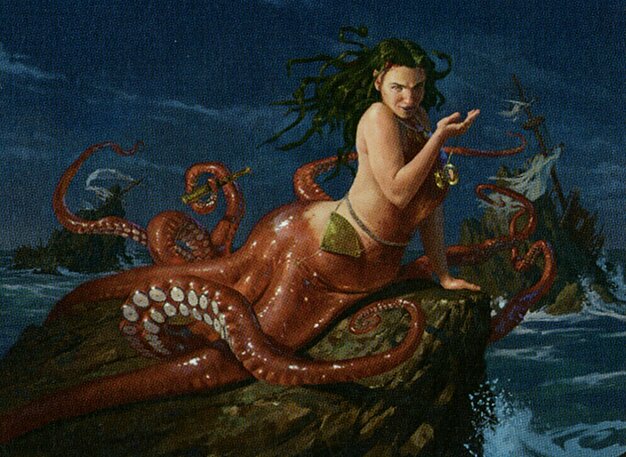
Maeve, Insidious Singer
Focuses on drawing cards whenever creatures attack opponents, enabling a control and tempo-based playstyle with counterspells and reactive spells.
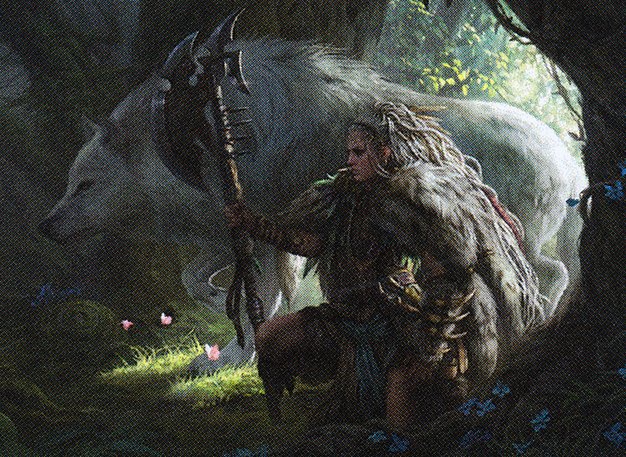
Neyith of the Dire Hunt
Leverages fighting mechanics and combat interaction to draw cards and control the battlefield, using fight triggers and powered-up creatures to dictate combat outcomes.
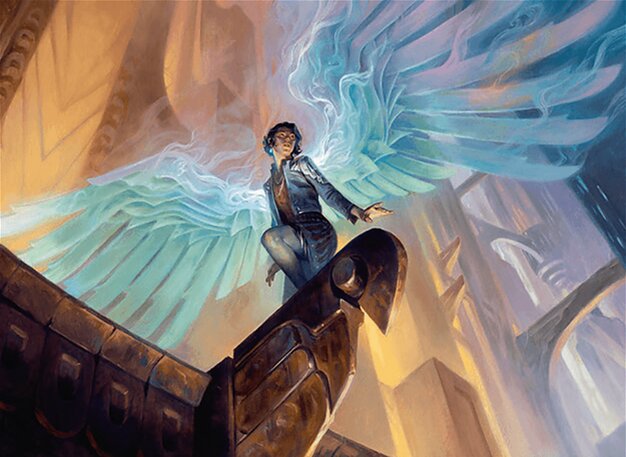
Giada, Font of Hope
Aims to swarm the board with angels that grow larger as more angels enter, while generating mana specifically for angel spells to overwhelm opponents with powerful flying creatures.
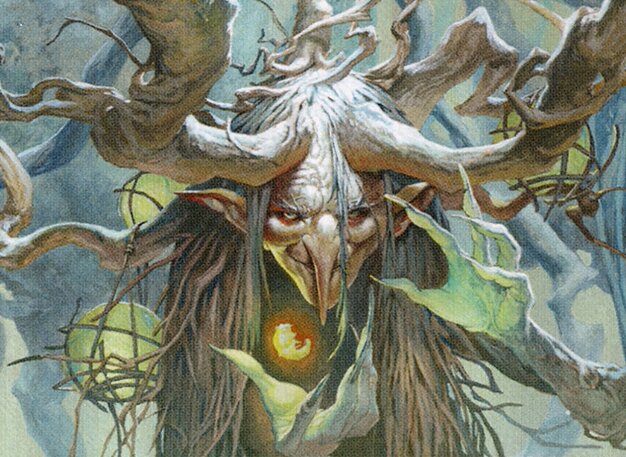
Willowdusk, Essence Seer
Utilizes life gain or loss triggers each turn to place +1/+1 counters on creatures, gradually creating large threats and pressuring opponents through incremental growth.
Gameplay Insights
- 1
Players prioritized creatures with menace and lifelink to apply pressure safely and gain life advantage.
- 2
Card draw synergies were critical for maintaining tempo, with several players running multiple engines that triggered on opponents' spells or combat interactions.
- 3
The use of planeswalkers like Domri provided both board-wide buffs and fight abilities that synergized well with combat-focused decks like Neyith's.
- 4
Eric’s strategic use of Frantic Search allowed him to cycle through cards efficiently, setting up better hands and enabling complex plays.
- 5
Curse of Verbosity was used to disrupt opponents' draws while simultaneously providing card advantage, showing a layered approach to resource denial.
- 6
Combat was the main arena of interaction, with players carefully choosing blockers and attackers to maximize card draw benefits and minimize damage taken.
- 7
Players showed restraint early on, focusing on board development and resource accumulation rather than aggressive early kills, indicative of a casual but thoughtful game pace.
Notable Cards
-

Maeve, Insidious Singer
-

Neyith of the Dire Hunt
-

Giada, Font of Hope
-

Willowdusk, Essence Seer
-
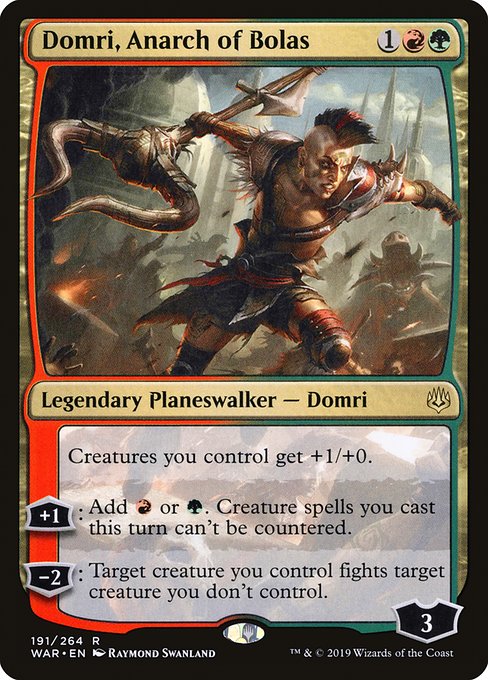
Domri, Anarch of Bolas
-
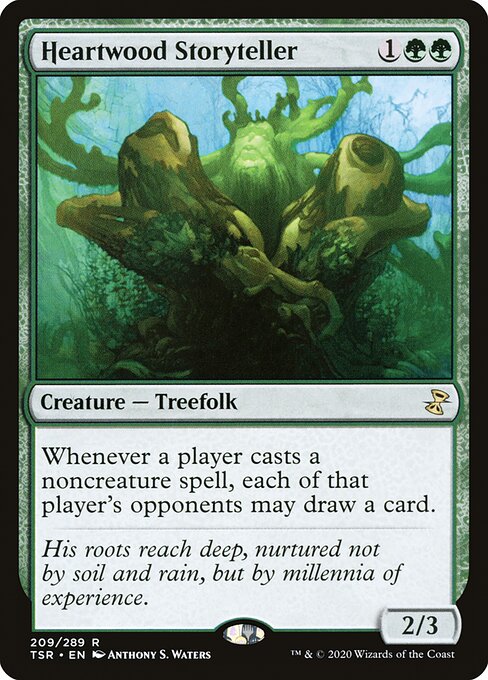
Heartwood Storyteller
-

Frantic Search
-
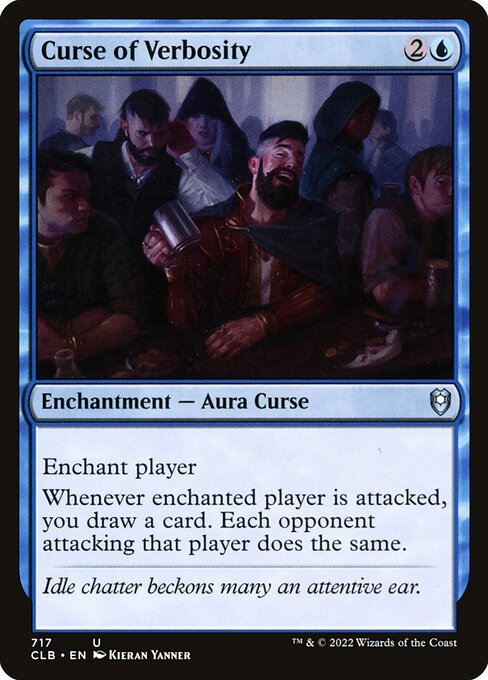
Curse of Verbosity
Gameplay Summary
The game began with all four players establishing their boards with low-impact creatures and mana ramp, setting the stage for a slow build-up.
Eric, playing Maeve, Insidious Singer, focused on a mono-blue strategy centered around drawing cards when creatures attack opponents, while ZBexx with Neyith of the Dire Hunt emphasized combat and fighting mechanics to draw cards and control the board.
Mar’s Giada, Font of Hope deck aimed to flood the battlefield with angels that grow larger as more angels enter, providing both board presence and mana acceleration for angel spells.
Forrest piloted Willowdusk, Essence Seer, which leveraged life gain or loss each turn to place +1/+1 counters on creatures, aiming to create large threats over time. Early turns saw a spread of creatures with menace and lifelink, which helped stabilize life totals and apply pressure, especially from aggressive creatures like Null Priest of Oblivion and Valentine, Dean of the Vein.
Card draw engines such as Everwatching Threshold and Heartwood Storyteller allowed players to maintain hand advantage and keep the game fluid.
Notable was the use of planeswalkers like Domri, Anarch of Bolas, providing both board buffs and fight abilities that synergized with Neyith’s fighting triggers.
The game featured tactical combat exchanges and strategic plays focused on protecting key permanents, controlling the board, and setting up for larger swing turns.
Eric’s use of spells like Frantic Search and Curse of Verbosity helped manipulate the draw and discard dynamics to maintain card advantage and disrupt opponents.
The gameplay was marked by incremental board development, with players jockeying for position through combat and resource management rather than explosive combos or immediate wins.















![Enchantments As Backgrounds [Commander VS 298] | Magic: the Gathering EDH Commander Gameplay thumbnail](https://i.ytimg.com/vi/MTZ5_0If6s4/sddefault.jpg)
![More Streets of New Capenna [Commander VS 289] | Magic: the Gathering Commander Gameplay thumbnail](https://i.ytimg.com/vi/77jT1j7598Q/sddefault.jpg)























